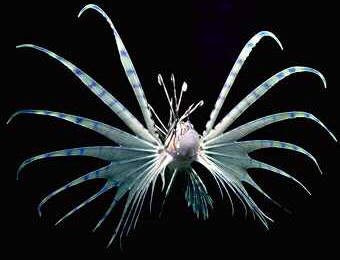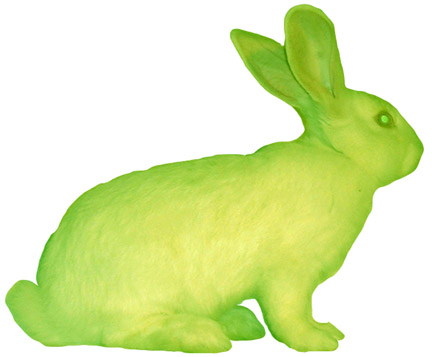Bioluminescence
Bioluminesce is the production of light by living organisms through chemical reactions. There are many marine organims such as jellyfish, squid, diatoms, and angler fish that are bioluminescent. In the mid-ocean about 90% of animals produce light to confuse predators, lure prey, and attract mates. Although fewer in number, there are also terrestrial organisms that are bioluminescent. Examples include bioluminescent fungi, bacteria, snails, and of course, fireflies.
The chemicals involved in all bioluminesence are luciferin (the substrate) and luciferase (the catalyst), although they come in different forms in different organisms. This provides for the production of a variety of colors and light intensities. The reaction also requires oxygen and ATP, an energy source found in all living cells.
Scientists have been able to force animals that are not naturally bioluminescent to produce light. An example is a rabbit named Alba. As an egg he was genetically altered with a gene from a bioluminescent jellyfish. His eyes, skin, and hair glow. The stripes of zebra fish have also been made to glow simply for the enjoyment of home fishtank owners.



Pictures from http://www.rain.org/homeschool/ocean-studies-bioluminescence-intro.html, 129.215.156.68/ cdrom/luminous.htm, www.educationalimages.com/ im050013.htm, http://www.ekac.org/gfpbunny.html#gfpbunnyanchor respectively